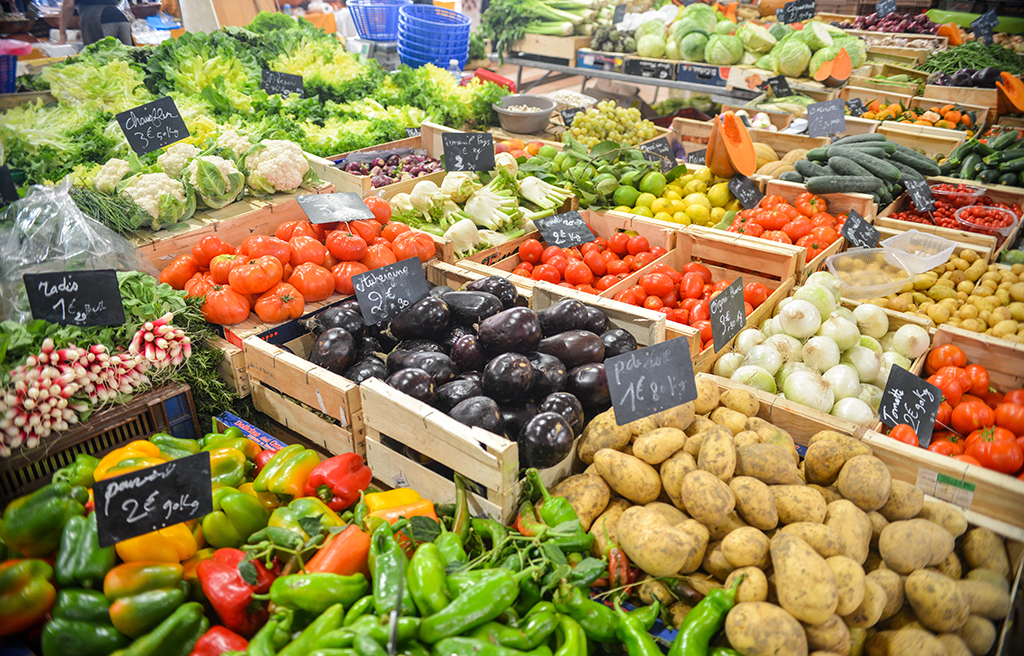Most people know that incinerating waste is purely a cost. So this is something that you, as a grocery retailer, will want to reduce as much as possible. Unsorted waste goes straight to incineration plants via refuse collection companies that pay for incineration by the ton. These companies charge their customers even more in order to make a profit on the waste, but what many people are not aware of is that a significant proportion of the waste sent for incineration could in fact be recycled and provide a source of revenue.
Most waste can be recycled
The most common materials in the waste generated by grocery retailers are corrugated cardboard (in the form of boxes) and plastic. Both of these can be recycled, and recycling companies will pay you for them. The money you will receive for plastic is many times greater than for cardboard.
There are two different types of plastic – hard and soft. Soft plastic is usually called shrink film, which is what is wrapped around pallets to keep the goods in place during transport. Soft plastic can also be divided into coloured and uncoloured plastic, with uncoloured yielding a higher income than coloured because it does not need to be processed before it is recycled. Hard plastic comes mainly from plastic packaging.
A waste conundrum
There are many reasons why a store may not choose to sort and recycle its waste. The most common reason is ignorance – those who make the decisions about waste management simply do not know that they can get paid for their store’s waste. In other cases, you may not think that the volume of recyclable waste in your business is sufficient for recycling to be worthwhile. The most common reason, however, is the convenience of being able to throw everything into the same container.
Regardless of whether or not you recycle your waste, a common problem for grocery retailers is that unprocessed waste takes up a lot of space and has to be frequently collected by refuse collection companies. The more frequently waste is collected, the more expensive it becomes, which quickly eats into your recycling income.
One way to cut down on the space taken up by cardboard in particular is to cut and fold the boxes before throwing them away. Flat cardboard do not take anywhere near the same amount of space as whole boxes, but then there is the cost of the time it takes for someone to cut and fold them – time that could be better spent helping customers on the shop floor.
Pure income after two years
Let us do the maths. The time it takes to manually process the waste to be recycled eats into the income generated by recycling. To circumvent this, manual processing must be limited, which is most easily solved by purchasing or renting a compactor or baler so that staff do not have to cut and fold the waste.
The life span of balers and good quality compactors is between 15 and 20 years. For those who have only ever handled waste manually, the savings in working hours and waste costs mean that such an investment can be recouped in less than two years. After this time, the savings generated by the baler/compactor and recycling payments are pure income.
To find out how to get paid for your plastic and corrugated cardboard waste, contact the refuse collection company that currently takes care of your waste. They can provide you with new containers for plastic and corrugated cardboard, and pay you for the material that goes on to be recycled.






